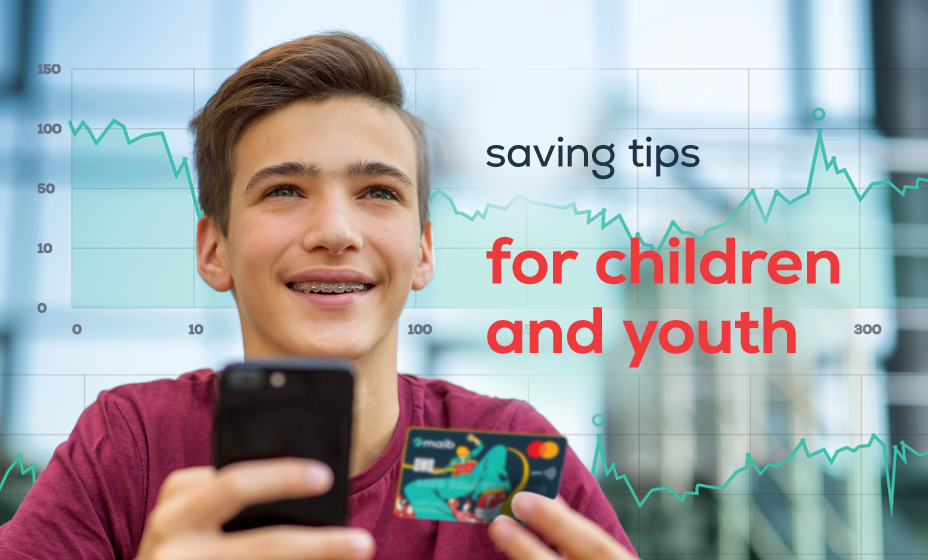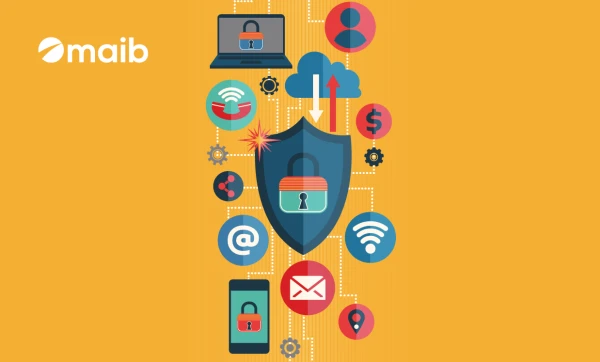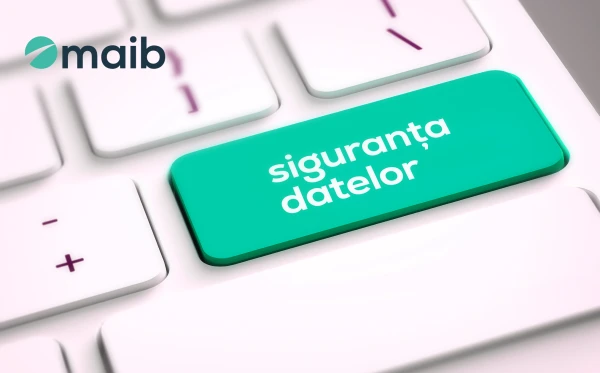Effective money management and the ability to save money are parts of financial education that shape financial habits and can be learned from childhood. Therefore, we invited Natalia Nașco Filimon, Head of the Cards Department (Orchestra) at maib, to give children and young people some tips to save money effectively.
First, when it comes to money, children need to know four important principles:
- Money should be earned. Children need to learn that money is earned through hard work and effort.
- Money is saved to help us achieve big goals. Children learn to be more patient and thoughtful, to make choices, to consider the long-term effects of decisions, etc.
- Money is spent on small pleasures. Children learn what wants and needs are, learn to negotiate, estimate the value of something, etc.
- Money is given away. Children learn to be generous, selfless, realistic, fair-minded.
"Savings chart" - a useful and fun tool
Children think "with their eyes", i.e. visually. That's why a contemporary financial tool that is useful and interesting for children is the 'savings chart' - a type of graph that can be used to encourage savings. The chart represents stickers that can be stuck on a savings chart to show how much money has been put aside. They can also be used to help your child set weekly savings goals.
You can create your own sticker chart manually or go the easy way and use dedicated apps. For the physical version, you only need a piece of paper and markers or coloured pencils. Draw a savings chart with your child and add notes with the amounts saved on stickers to track progress. You can give the savings to your child in cash value or via P2P from your card to their maib junior card.
A clear purpose and example will form an essential foundation for financial education in children
Another method used for both children and young people is to set their own goals and budget. Try to motivate your child to provide certain services in the family and keep their budget. For example, until the age of 7, you can get a nice wallet where your child can keep their money, and after the age of 7, when they are ready to receive e-money, you can open the maib junior card in tandem with the appropriate mobile app. This way, you can monitor the card activity and guide your child correctly.
It is also recommended to motivate your child to use their own money during holidays or at other times when they want to spend at every turn. You'll find that he'll begin to spend money more consciously and appreciate its value, and unnecessary and excessive things will no longer add waste to their budget.
At the same time, the impact of personal example is also important, setting children and young people's expectations for the future and shaping their financial behaviour. So, here are some tips that could set a good example:
- Make sure your everyday remarks are aligned with your values;
- Children's experiences now set their expectations for the future. So, pay particular attention to choices about clothes, activities, gadgets, holidays etc.
- The way you manage your money, the view you have of work and the way you interact with others on financial matters influences your children. As in any other aspect, extremes are not healthy.


 maibank
maibank
 maib business app
maib business app
 online loans – legal entities
online loans – legal entities
 internet banking - individuals
internet banking - individuals
 new internet banking - maib business
new internet banking - maib business
 internet Banking - BankFlex
internet Banking - BankFlex




